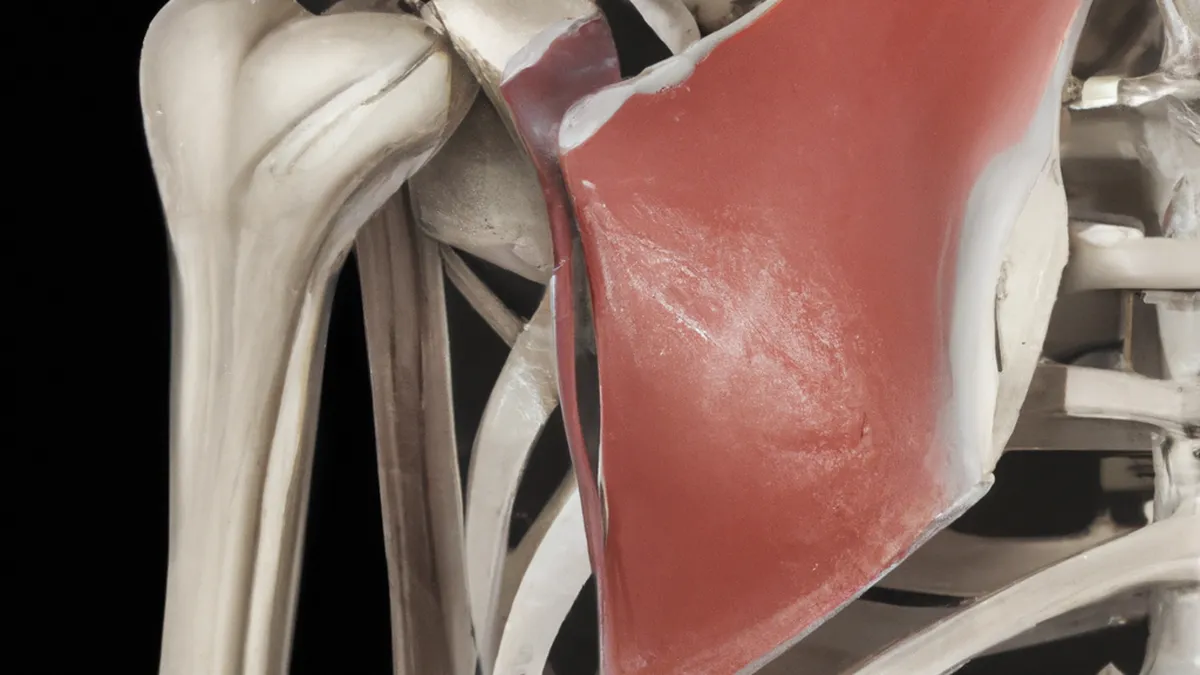Ancient Remedies for Modern Shoulder Pain
The Role of Traditional Medicine in Shoulder Pain Management
Shoulder pain can severely impact daily life. Many people seek relief through medications or physical therapy. Traditional medicine offers a holistic approach that complements or replaces these treatments. This post explores traditional medicine’s role in managing shoulder pain, its methods, benefits, and practical integration tips.
Understanding Shoulder Pain
Shoulder pain can result from injuries, arthritis, tendonitis, bursitis, or referred pain. Acute injuries often stem from falls or sports incidents. Chronic issues may arise from overuse, poor posture, or degenerative conditions. Traditional medicine focuses on understanding pain’s root causes, considering physical, emotional, and lifestyle factors. This approach aims to treat the whole person, not just alleviate symptoms.
Common Traditional Medicine Practices
Many cultures use natural methods to manage pain and promote healing. Here are some common practices beneficial for shoulder pain management:
Acupuncture
Acupuncture, a practice in traditional Chinese medicine (TCM), inserts fine needles into specific body points. This practice seeks to balance the body’s energy, or “qi,” promoting healing by stimulating the nervous system. Research shows acupuncture can relieve various pain types, including shoulder pain, by reducing inflammation and increasing blood flow.
Herbal Medicine
Herbal medicine significantly contributes to traditional healing. Many herbs possess anti-inflammatory and analgesic properties. For instance, turmeric contains curcumin, known for its potent effects. Ginger can also help reduce pain and inflammation. You can consume these herbs in teas, capsules, or meals. Always consult a healthcare professional before starting any herbal regimen, especially if you take other medications.
Mind-Body Techniques
Traditional medicine often includes mind-body techniques for relaxation and overall well-being. Practices like yoga, tai chi, and qigong improve flexibility and strength while enhancing mental clarity and emotional balance. These exercises help reduce stress, a common pain contributor. By incorporating these practices, you can foster calm and resilience, aiding pain management.
Tips for Managing Shoulder Pain with Traditional Medicine
To effectively manage shoulder pain with traditional medicine, consider these tips:
1. **Consult a Practitioner**: Seek advice from a qualified practitioner specializing in traditional medicine. They can assess your condition, identify pain causes, and offer personalized treatment options.
2. **Incorporate Herbs**: Discuss herbal options with your practitioner.
Conclusion
Traditional medicine offers valuable insights and methods for managing shoulder pain effectively. Consider integrating these practices into your routine for better relief.
Below are related products based on this post:
FAQ
What are the common causes of shoulder pain?
Shoulder pain can arise from various issues, including acute injuries from falls or sports, chronic conditions like arthritis, tendonitis, and bursitis, or even referred pain from other areas. Traditional medicine emphasizes understanding the root causes of pain by considering physical, emotional, and lifestyle factors.
How does acupuncture help with shoulder pain?
Acupuncture, a practice rooted in traditional Chinese medicine, involves inserting fine needles into specific points on the body. This method aims to balance the body’s energy, or “qi,” and promotes healing by stimulating the nervous system. Research indicates that acupuncture can effectively relieve shoulder pain by reducing inflammation and increasing blood flow.
What mind-body techniques can help manage shoulder pain?
Mind-body techniques such as yoga, tai chi, and qigong can be beneficial in managing shoulder pain. These practices enhance flexibility and strength while promoting relaxation and emotional balance, which can help reduce stress—a common contributor to pain. Incorporating these exercises into your routine can foster calmness and resilience in pain management.















Post Comment